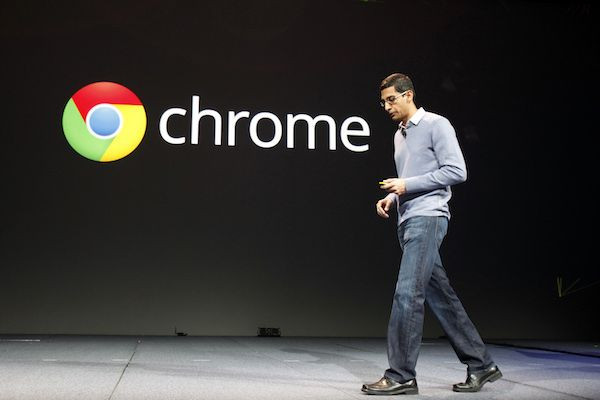Google Updates Chrome For Android O With Picture-In-Picture Support

Google has updated its Chrome browser app for Android O, allowing it to henceforth support picture-in-picture view. This makes Chrome the latest app to get support for the feature after it was introduced as part of the Nougat experience on Android TV.
On Sunday, Android Police’s Corbin Davenport got a tip from someone using Chrome Dev that Chrome on Android O now allows picture-in-picture view. What this means is users can now watch a video on a smaller window that can be moved around the screen. It allows for smoother multitasking since apps can run simultaneously while the video plays.
According to Android Police’s source, the new picture-in-picture feature of Android O’s Chrome can be be activated by going to full-screen mode on any video found in a Chrome-loaded website. Once the video is in full-screen mode, the user should tap the Recents button of the Android interface twice. This will play the video as a small window on top of the home screen.
ALSO READ: Google to no longer scan Gmail content for targeted advertising
The feature is currently available on Google Chrome Dev, the developer channel for Chrome updates. It arrived after the channel was updated to Google Chrome 61, so it would still take time until the feature reaches Android O-running devices, as pointed out by 1redDrop. What’s interesting is a developer has claimed that the picture-in-picture mode is also running on Google Chrome 59. Unlike how it is activated on Chrome 61 though, users need to tap the Home button after entering full-screen mode to view videos on a smaller window.
Prior to arriving on the Google Chrome browser app, picture-in-picture mode was already seen on other applications like Google’s own Play Movies and Duo apps. Even VideoLAN’s free VLC media player app has already earned support for this feature.
Google is expected to launch Android O to the public around the same time when it formally introduces the Pixel 2 later this year. Several reports and tech news sites are claiming that Google is likely to introduce the Pixel successor in October 2017.
ALSO READ: Google Ventures invests in bitcoin startup Blockchain
Meanwhile, Google has recently announced its plan of introducing new ad-blocking options. Google’s new ad-blocking endeavor seeks to prevent all ads from loading when they fail to meet the Initial Better Ads Standards by the Coalition for Better Ads. Ads that will be affected by this move are those that block content, disrupt the user experience or annoy users.
Venture Beat points out that while this is a smart move by Google, it’s a couple of years too late considering that many consumers already rely on ad blockers to take care of these annoying ads. It’s quite unlikely for ad block users to uninstall or terminate their use of ad blockers just because Google is finally doing something about unnecessary ads at the present time.
As part of this plan, Google is launching a feature called Funding Choices that will give publishers control on how content will not be shown to ad block users unless they disable their ad blocker. Paying up for Google Contributor will also give users access to withheld content from ad block users. This feature is going to be built right into the browser, so it seems Google is planning to make ad-blocking unnecessary in the near future.
© Copyright IBTimes 2024. All rights reserved.





















